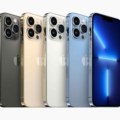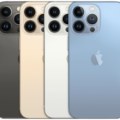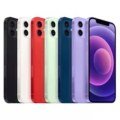- Apple Devices
- Apple iPhones
- Apple iPhone 6s
Apple iPhone 6s
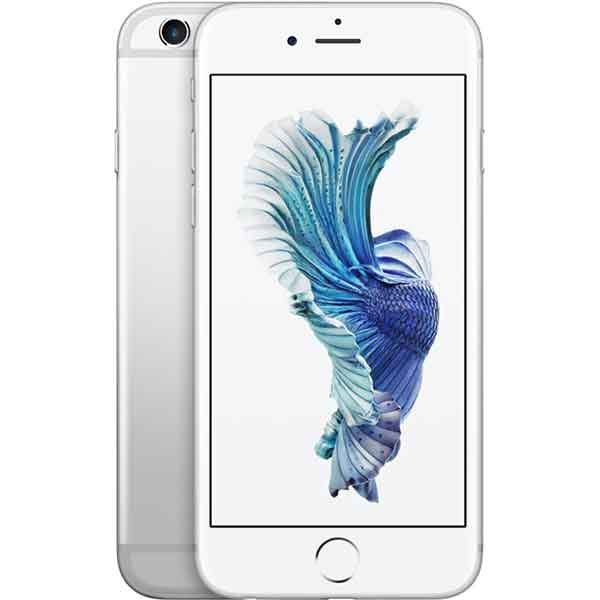

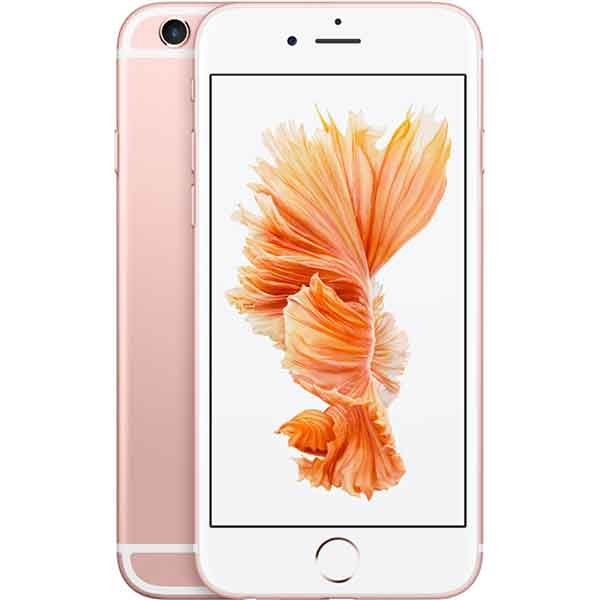
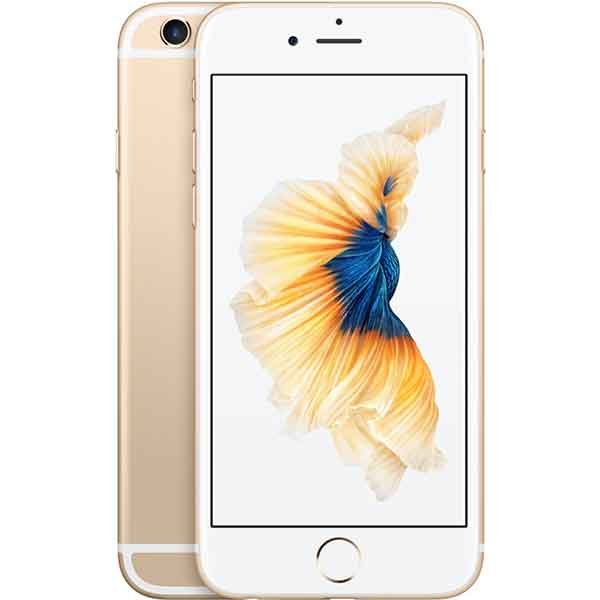

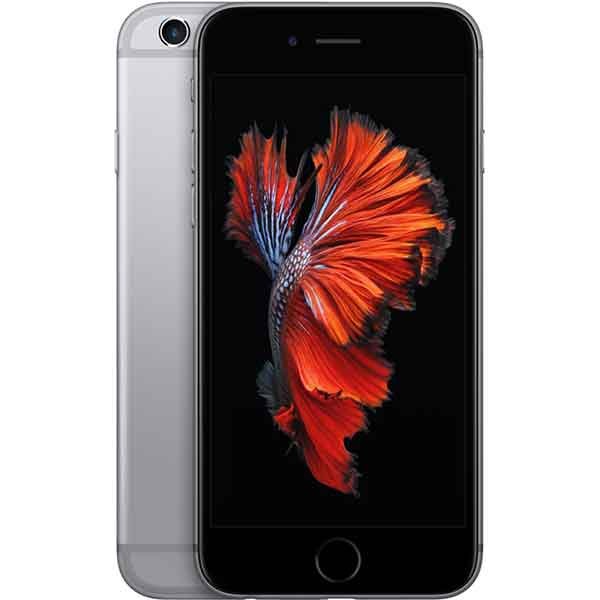
Apple iPhone 6s - SPECIFICATIONS
General
-
StatusAvailable
-
AnnouncedReleased 2015, September
-
Released22 October, 2024
-
ModelA1633, A1688, A1691, A1700
-
Price Apple iPhone Price in USA, UK, Canada, Australia, India, Pakistan, China, Japan and Europe$350-$550 || £140-£300 || 54000 PKR || 32000 - 44000 INR
Network
-
TechnologyGSM / CDMA / HSPA / EVDO / LTE
-
2G NetworkGSM 850 / 900 / 1800 / 1900
CDMA 800 / 1700 / 1900 / 2100 -
3G NetworkHSDPA 850 / 900 / 1700 / 1900 / 2100
CDMA2000 1xEV-DO -
4G NetworkLTE band 1(2100), 2(1900), 3(1800), 4(1700/2100), 5(850), 7(2600), 8(900), 12(700), 13(700), 17(700), 18(800), 19(800), 20(800), 25(1900), 26(850), 28(700), 29(700) - A1688
LTE band 1(2100), 2(1900), 3(1800), 4(1700/2100), 5(850), 7(2600), 8(900), 12(700), 13(700), 17(700), 18(800), 19(800), 20(800), 25(1900), 26(850), 28(700), 29(700), 30(2300), 38(2600), 39(1900), 40(2300), 41(2500) - A1687 -
SpeedHSPA 42.2/5.76 Mbps, LTE-A (2CA) Cat6 300/50 Mbps, EV-DO Rev.A 3.1 Mbps
-
GPRS GPRS (General Packet Radio Service) is a packet oriented mobile data service on the 2G and 3G cellular communication system's global system for mobile communications (GSM), Generally, GPRS is used for the purpose of wireless data transfer, such as sharing pictures and videos or browsing the Internet via a mobile phone connection.
-
EDGE EDGE (Enhanced Data GSM Environment) is a wireless network technology generally considered the next step in the 2G network offers data transfer rates up to four times faster than ordinary GSM networks, Generally, EDGE is used for the purpose of wireless data transfer, such as sharing pictures and videos or browsing the Internet via a mobile phone connection.
Body
-
Dimensions138.3 x 67.1 x 7.1 mm (5.44 x 2.64 x 0.28 in)
-
Weight143 g (5.04 oz)
-
ColorsSpace Gray, Silver, Gold, Rose Gold
-
SIM SIM (Subscriber Identity Module) is a small card that contains mobile network subscriber's account information. This allows the phone using the card to attach to a mobile network. The SIM card is most commonly associated with GSM and UMTS mobile networks. Moving a SIM card from one phone to another allows a subscriber to switch mobile phones without having to contact their mobile network carrier. SIM cards can also be used by a phone to store limited amounts of data, such as phone numbers and text messages.Nano-SIM - Apple Pay (Visa, MasterCard, AMEX certified)
Display
-
Display Type Display Technology => A number of display technologies and types used in mobile phones => TFT (Thin Film Transistor), IPS (In-Place Switching), OLED (Organic Light Emitting Diode), AMOLED (Active-Matrix Organic Light-Emitting Diode), Super AMOLED (an even advanced version of AMOLED), Resistive Touchscreen (Resistive touchscreens contain two layer of conductive material with a very small gap between them which acts as a resistance), Capacitive Touchsceen (Capacitive touchscreen technology consists of a layer of glass coated with a transparent conductor)IPS LCD capacitive touchscreen, 16M colors
-
Size4.7 inches, 60.9 cm2 (~65.6% screen-to-body ratio)
-
Resolution750 x 1334 pixels, 16:9 ratio (~326 ppi density)
-
Pixel Density Pixel Density (PPI) is refers to the concentration of pixels on a particular display, measured in pixels per inch (ppi). Pixel density is calculated by dividing the diagonal pixel resolution of a display by its diagonal size, higher pixel density better display quality.~326 ppi density
-
Display Protection Display Protection => Gorilla Glass is a special alkali-aluminosilicate glass shield with exceptional damage resistance that helps protect mobile displays from scratches, drops, and bumps of everyday use, It is always better to go for a smartphone with Gorilla Glass for that added protection and peace of mind.Ion-strengthened glass, oleophobic coating, 3D Touch
-
Multitouch
-
FeaturesDisplay Zoom
Camera
-
Primary Camera is able to capture photographs and usually videos, The most important characteristics of a camera are the resolution (measured in megapixels), lens focus type (fixed or automatic), higher megapixel cameras are known to capture higher quality photos, but not always a good measurement of the photos quality.12 MP, f/2.2, 29mm (standard), 1/3", 1.22µm, PDAF
-
Video1080p@30fps
-
Camera FeaturesFace detection, HDR, panorama
-
Selfie Camera5 MP, f/2.2, 31mm (standard)
-
Video1080p@30fps
-
Camera FeaturesFace detection, HDR, panorama
Hardware
-
Chipset Chipset is a group of integrated circuits designed to perform one or a more dedicated functions, often with real time computing constraints, Popular smartphones are equipped with more advanced embedded chipsets that can do many different tasks depending on their programming.Apple A9 (14 nm)
-
CPU CPU (Central Processing Unit) mostly known as processors, CPU processes instructions in order to carry out certain functions that make your device operate properly. Processors are often described as the brain of computers, smartphones and tablets, Smartphones and tablets rely on processors to carry out their every task, Processors are an incredibly important factor in selecting any type of computing device, including your smartphone.Dual-core 1.84 GHz Twister
-
GPU GPU (Graphics Processing Unit) is a single-chip processor designed to rapidly manipulate and alter memory to accelerate the creation of images in a frame buffer intended for output to a display, This includes things such as lighting effects, object transformations, and 3D motion.PowerVR GT7600 (six-core graphics)
-
RAM (Memory) RAM (Random Access Memory) is a type of computer memory that can be accessed randomly, any byte of memory can be accessed without touching the preceding bytes that allows information to be stored and accessed quickly from random locations. RAM is the most common type of memory found in computer systems, smartphones, tablets and other electronic devices.2 GB
-
Internal Storage Internal Storage is a data storage space (flash memory) mostly used in smartphones, tablets and other electronic devices where operating system, apps, music, photos, videos, files and other user data Is stored.16GB 32GB 64GB 128GB
-
Card Slot Memory Card Slot is a special slot for inserting a memory card. Memory cards allow you to expand the phone's built-in memory, A memory card (sometimes called a flash memory card or a storage card) is a small storage medium used to store data such as text, pictures, audio, and video, for use on small, portable or remote computing devices such as mobile phones, mp3 players, digital cameras.NO
-
Sensors Sensors are electronic components that detects and responds to some type of input from the physical environment. The specific input could be light, heat, motion, moisture, pressure and location, The output is generally a signal that is converted to use in computing systems, a location sensor, such as a GPS receiver is able to detect current location of your electronic device.Fingerprint (front-mounted), accelerometer, gyro, proximity, compass, barometer
Siri natural language commands and dictation
Software
-
Operating System OS => Every computer system run on a base software called Operating System (OS). Operating System controls all basic operations of the computer (such as smartphone, PDAs, tablet computers and other handheld devices). The Operating System allows the user to install and run third party applications (apps), apps are used to add new functionality to the device.iOS 9, up to iOS 13
-
Java Support Java for Mobile Devices is a set of technologies that let developers deliver applications and services to all types of mobile handsets, ranging from price efficient feature-phones to the latest smartphones. Java is currently running on over 3 billion phones worldwide, and growing. It offers unrivaled potential for the distribution and monetization of mobile applications.NO
-
MessagingiMessage, SMS (threaded view), MMS, Email, Push Email
-
Browser (Default)Safari
Media
-
LoudspeakerVoice 66dB / Noise 64dB / Ring 65dB
-
3.5mm Jack
-
FM RadioNO
-
FeaturesiPhone 6s supports the following Audio Formats
AAC (8 to 320 Kbps), Protected AAC (from iTunes Store), HE-AAC, MP3 (8 to 320 Kbps), MP3 VBR, Dolby Digital (AC-3), Dolby Digital Plus (E-AC-3), Audible (formats 2, 3, 4, Audible Enhanced Audio, AAX, and AAX+), Apple Lossless, AIFF, and WAV
User-configurable maximum volume limit
Connectivity
-
Bluetooth Bluetooth is a wireless communications technology for exchanging data between mobile phones, headsets, computers and other network devices over short distances without wires, Bluetooth technology was primarily designed to support simple wireless networking of personal consumer devices.4.2, A2DP, LE
-
Infrared Infrared connectivity is an old wireless technology used to connect two electronic devices. It uses a beam of infrared light to transmit information and so requires direct line of sight and operates only at close range.
-
Wi-fi Wi-Fi is a popular wireless networking technology using radio waves to provide high-speed network connections that allows devices to communicate without cords or cables, Wi-Fi is increasingly becoming the preferred mode of internet connectivity all over the world.Wi-Fi 802.11 a/b/g/n/ac, dual-band, hotspot
-
Wi-fi Hotspot
-
USB2.0, proprietary reversible connector
-
GPS GPS The Global Positioning System is a satellite-based radio navigation system, GPS permits users to determine their position, velocity and the time 24 hours a day, in all weather, anywhere in the world, In order to locate your position, your device or GPS receiver must have a clear view of the sky.Yes, with A-GPS, GLONASS, GALILEO, QZSS
-
NFC NFC (Near field communication) is a set of standards for smartphones and similar devices to establish peer-to-peer radio communications with each other by touching them together or bringing them into proximity, usually no more than a few inches.
Battery
-
Battery Type Battery Type => Cell phones run on various kinds of batteries depending on the manufacturer, phone size or shape and features. There are basically four types of cell phone batteries => Lithium Polymer, Lithium Ion, Nickel Metal Hydride and Nickel Cadmium.Li-Ion
-
Capacity Battery Capacity is a measure (typically in Amp-hr) of the charge stored by the battery, and is determined by the mass of active material contained in the battery. The battery capacity represents the maximum amount of energy that can be extracted from the battery under certain conditions.1715 mAh battery (6.91 Wh)
-
PlacementNon-removable
-
Wireless Charging Wireless Charging (Inductive Charging) uses an electromagnetic field to transfer energy between two objects. This is usually done with a charging station. Energy is sent through an inductive coupling to an electrical device, which can then use that energy to charge batteries or run the device.NO
-
Fast ChargingNO
-
Standby Standby Time is the total amount of time that you can leave your is fully charged, turned on and ready to send and receive calls or data transmissions before completely discharging the battery.Up to 240 hours (3G)
-
Talk Time Talk Time is the longest time that a single battery charge will last when you are constantly talking on the phone under perfect conditions, Ambient temperature and highly dependent on the cellular network environment such as the distance to the closest cell network tower.Up to 14 hours (3G)
-
Audio PlaybackUp to 50 hours
-
Video PlaybackUp to 11 hours
-
Internet UsageUp to 10 hours
MISC
Apple iPhone 6s - Review
Released in September 2015, the Apple iPhone 6s wasn’t a revolutionary leap from its predecessor, but it was a significant refinement. Sporting the same sleek design with a 4.7-inch Retina HD display, the 6s felt familiar in hand. Yet, under the hood, Apple packed a punch with the powerful A9 processor, delivering a noticeable boost in performance for everyday tasks and gaming. This improvement was accentuated by the introduction of 3D Touch, a pressure-sensitive display that added a new layer of interaction with the phone. The camera department received a welcome upgrade as well. The 6s boasted a 12-megapixel rear sensor, a significant jump from the 8-megapixel shooter of the iPhone 6. This resulted in sharper photos and improved low-light performance. Live Photos, a new feature, captured a brief moment of movement before and after the picture was taken, adding a touch of life to still images.
While the battery life remained decent, it wasn’t a major selling point. The iPhone 6s ushered in the era of Apple Pay, a secure mobile payment system that integrated seamlessly with the phone’s fingerprint sensor. With iOS 9 pre-installed, the 6s offered a smoother and more responsive user experience. Though by today’s standards, the iPhone 6s might feel underpowered with its 2GB of RAM and lower resolution display, it was a testament to Apple’s focus on design and user experience. It captured the essence of a premium phone in 2015 and paved the way for future iPhones with innovative features like 3D Touch. Even in 2024, the iPhone 6s can be a compelling option for those seeking a reliable and stylish phone for basic tasks and casual use, especially at its current, budget-friendly price point.
Read full review Apple iPhone 6s




